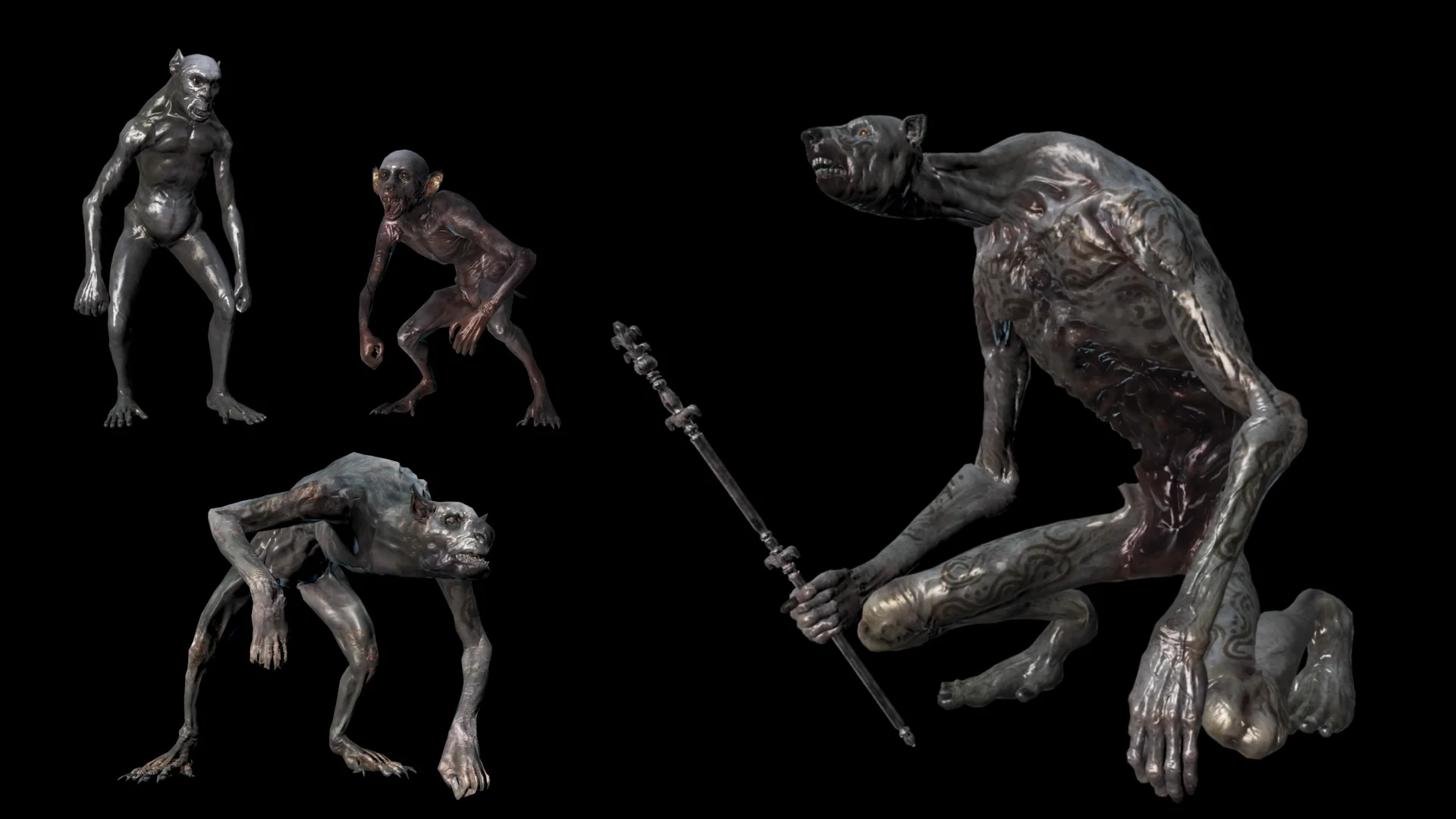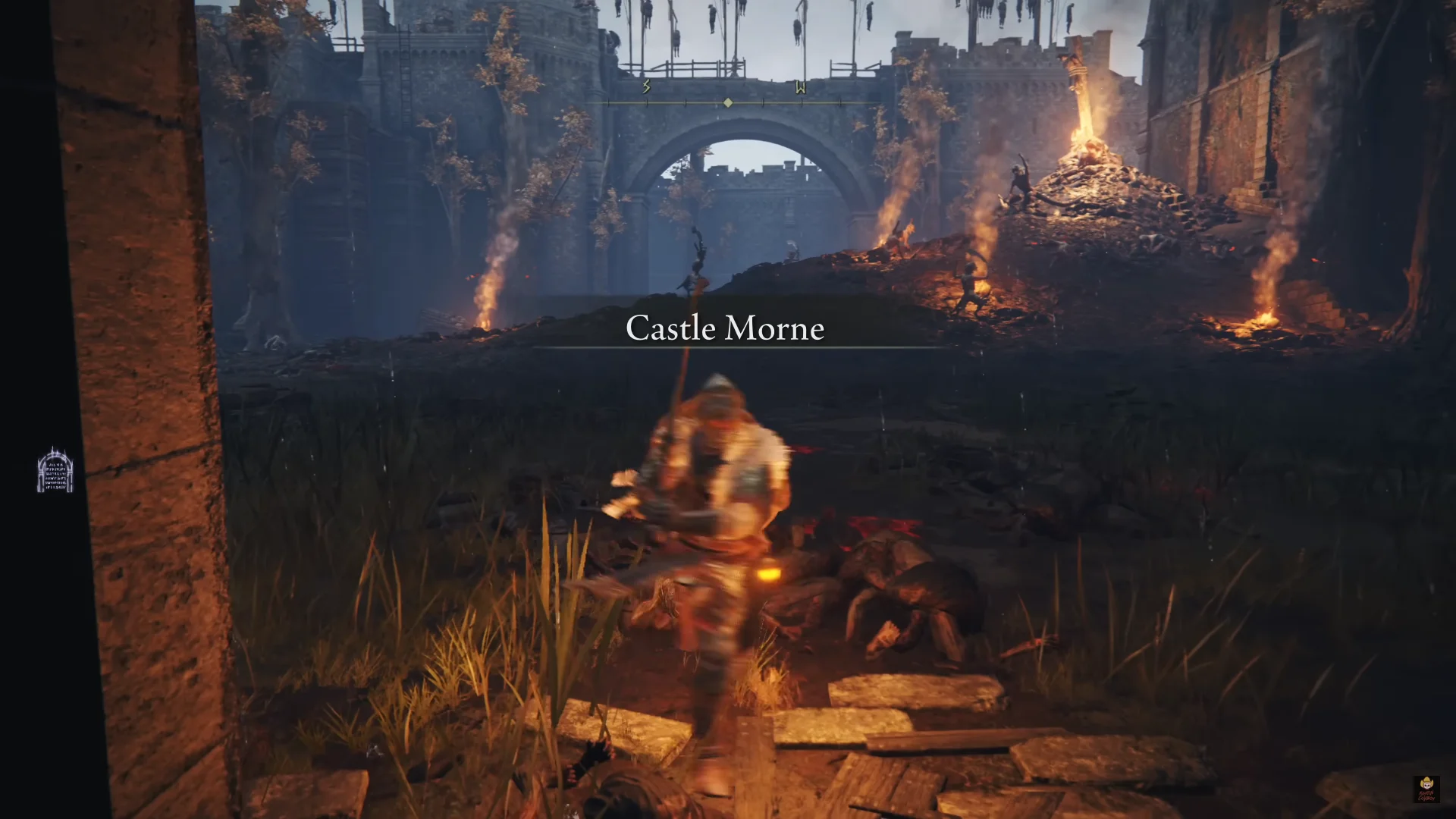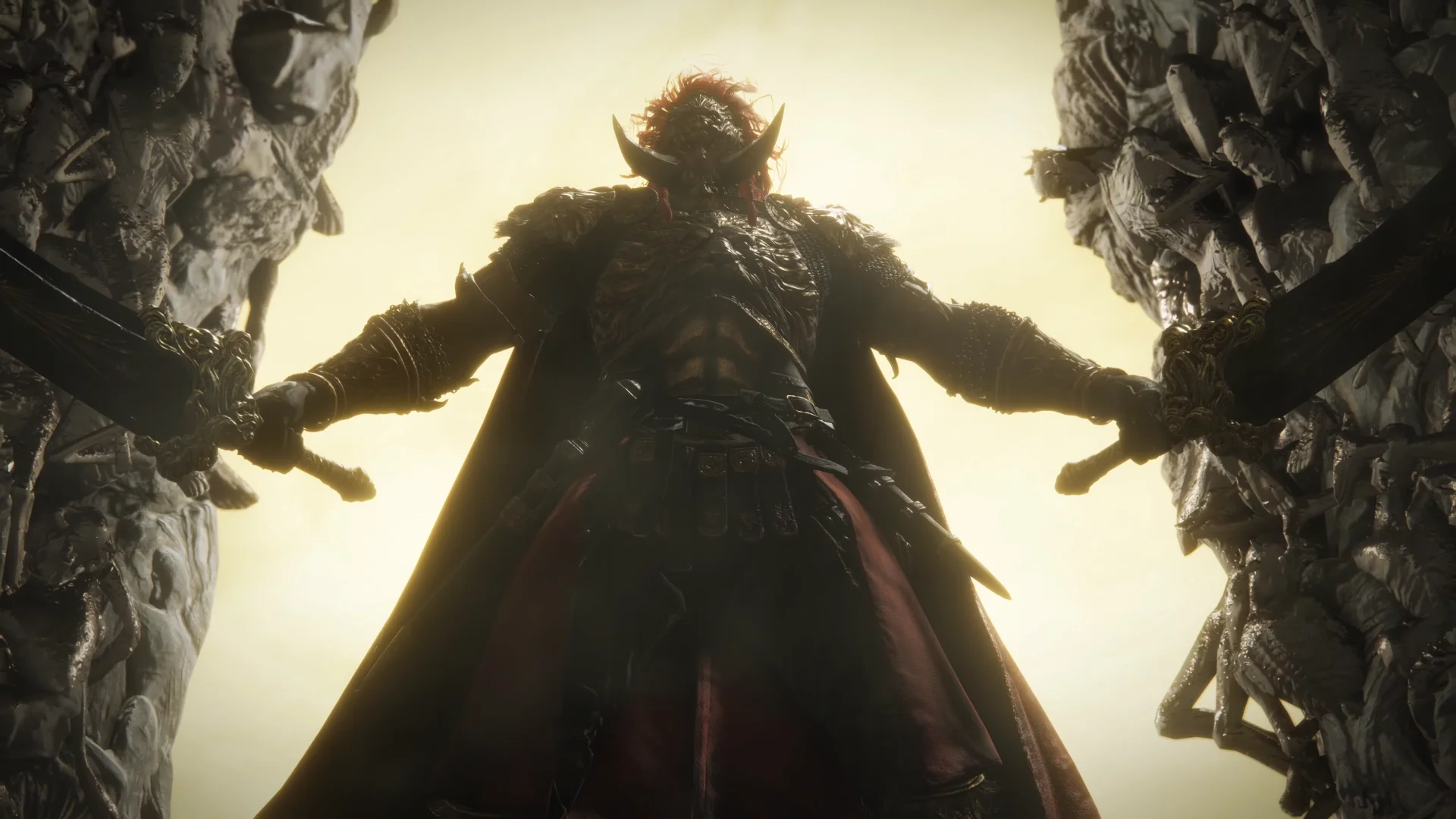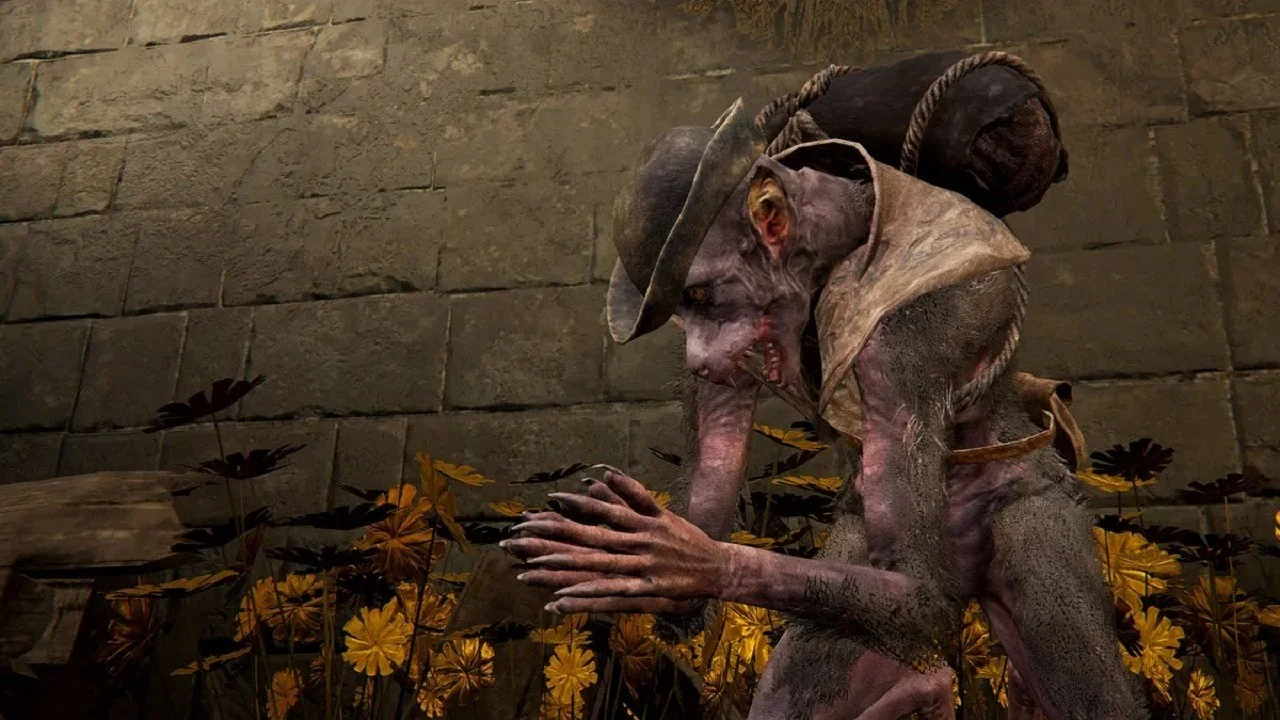· Elden Ring · 9 min read
Misbegotten Lore: Rebellion, Legacy, and Power in Elden Ring
Created from the ambition to replicate the Ancient Dragons, the misbegottens have dragon-like features and are influenced by the Primordial Crucible. They are also linked to the legacy of figures like Radagon and Marika, whose divine actions have left lasting impacts on their existence.
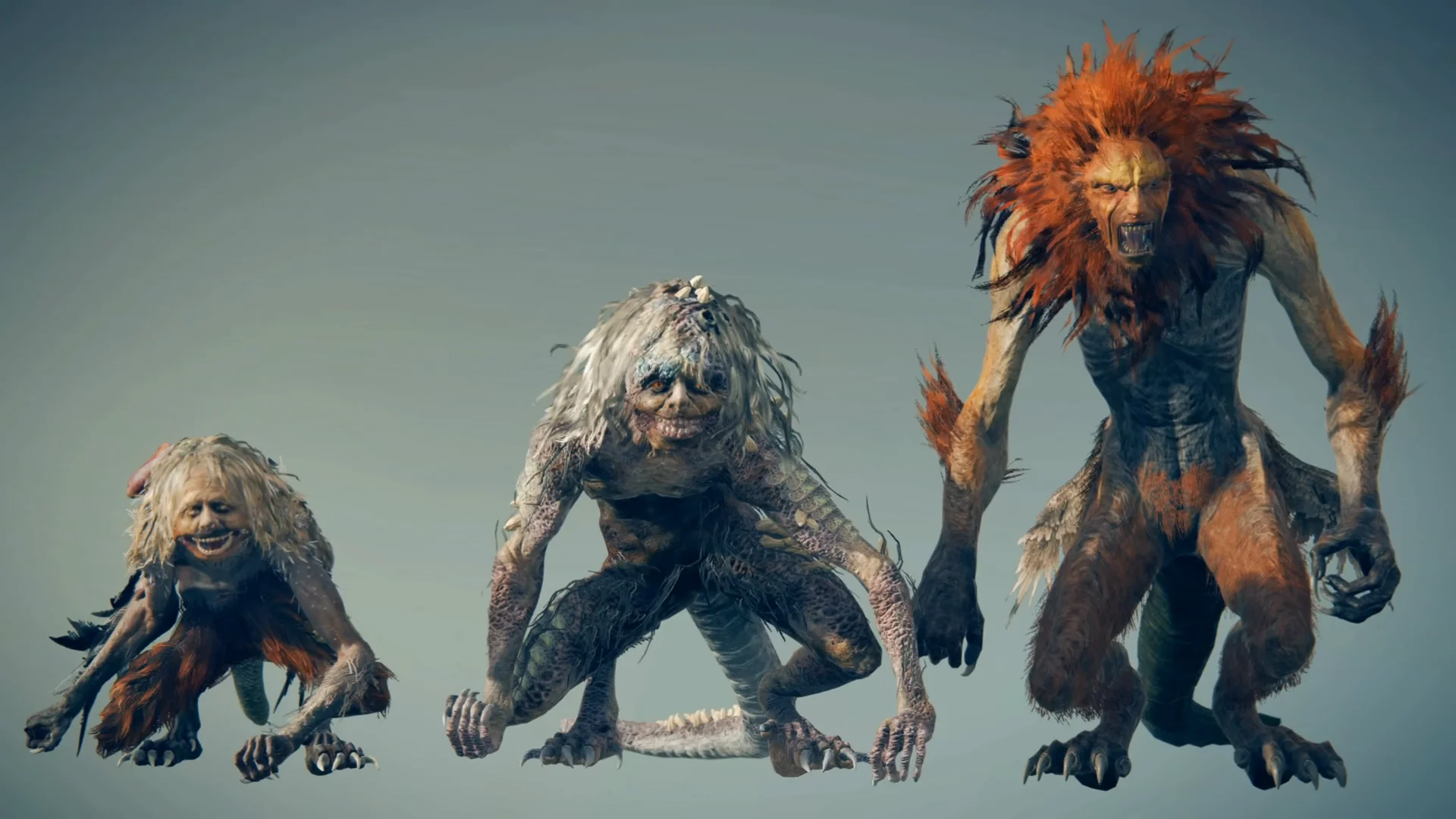
The Misbegotten symbolize resistance and the quest for identity in a world shaped by divine manipulation and alchemic experimentation. This post explores the complex nature of the Misbegotten, delving into their origins, symbolic significance, and role in significant events like the Castle Morne uprising.
Misbegotten Lore and Origin
The Misbegotten, known as alchemic chimeras, are mysterious beings born from failed attempts to replicate the Ancient Dragons, creations of the Greater Will. These creatures reflect the chaotic influence of the Primordial Crucible. This ancient force gave them a mix of features, notably wings near their tailbones, similar to the majestic Ancient Dragons of Farum Azula. The Misbegotten’s dragon-like anatomy demonstrates the ambitions of their creators who aimed to craft perfect vessels for the Greater Will, mirroring the power and immortality of the Ancient Dragons. However, these efforts fell short, creating a race of beings deemed “misbegotten” due to their distorted and bestial forms.
In the societal hierarchy of the Lands Between, people saw the Misbegotten as abominations, their existence a reminder of failed alchemic experiments. They were shunned and forced into roles of servitude and degradation, used as slaves and subjected to menial tasks. Their appearance, a blend of human and beast, evoked the raw and untamed aspects of the Crucible, contributing to their ostracization. Although their origins were hidden under the guise of the Crucible’s influence, the Misbegotten’s true nature as creations of alchemic tampering remained a whisper of forgotten ambition, marking them as outcasts in a world that sought to suppress the chaotic remnants of past endeavors.
Radagon’s Connection to the Misbegotten
In Elden Ring’s lore, Radagon’s connection to the Misbegotten is a key element with profound implications. Game files label these beings as ‘Radagon’s children’ and ‘Radagon chimera,’ implying Radagon deliberately created them. Their shared red hair, a significant trait in the Lands Between, links them to Radagon, the Giants, and Radagon’s offspring. The presence of a red-haired Misbegotten wielding the Golden Order Greatsword in the Consecrated Snowfield suggests an alignment with Radagon’s ambitions and his quest for a perfect vessel for the Elden Ring.
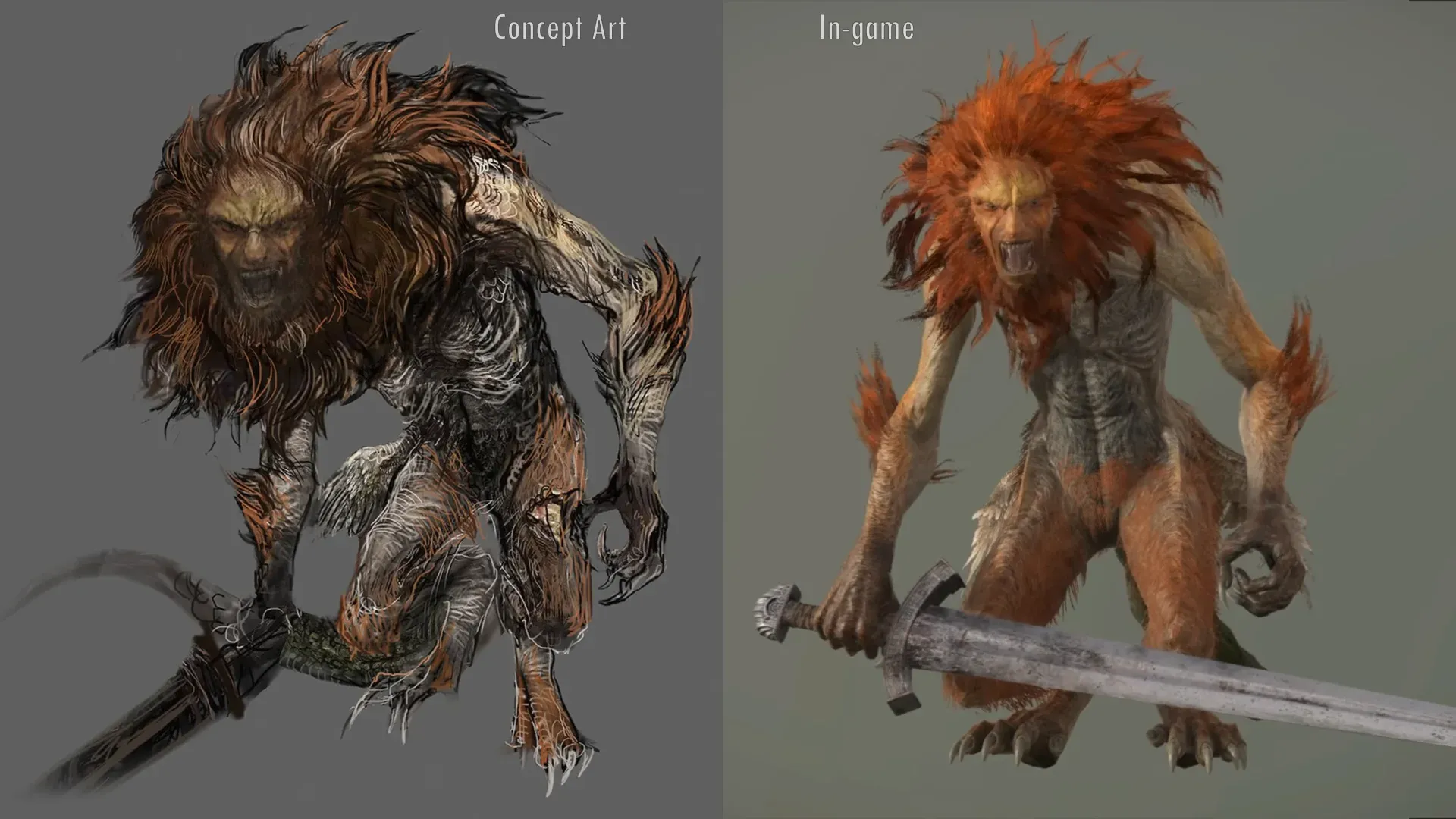
Theories suggest Radagon might have been a Misbegotten himself or, at the very least, someone who understood and manipulated their creation. This possibility implies a personal investment in their existence and reflects his struggle between beastly origins and divine aspirations. Radagon’s potential demi-human past could have driven his quest for perfection, influencing his relationships, including those with his children with Rennala. His actions, such as leaving the Great Rune of the Unborn with Rennala, indicate a complex interplay of personal ambition and familial duty. This connection to the Misbegotten enriches our understanding of Radagon’s character and highlights the broader themes of transformation and identity within Elden Ring’s lore.
Symbolism of the Red-haired Misbegotten
The red-haired Misbegotten vividly symbolize Radagon’s pervasive influence and legacy within Elden Ring. Their red hair ties them directly to Radagon and his lineage, echoing the fiery locks of the Giants and his offspring. This trait serves as a visual and thematic link to the broader themes of power, creation, and ambition in the game.
One striking representation of this connection is the red-haired Misbegotten wielding the Golden Order Greatsword, a weapon of profound importance. This imagery suggests that these beings are not mere byproducts of experimentation but deliberate creations embodying Radagon’s attempts to forge a perfect vessel. Their presence across the lands reflects not only the breadth of Radagon’s reach but also the imperfections and failures in his quest for perfection. They serve as a reminder of his enduring influence and the complexities of his legacy.
Marika’s Influence on Procreation and Misbegotten Existence
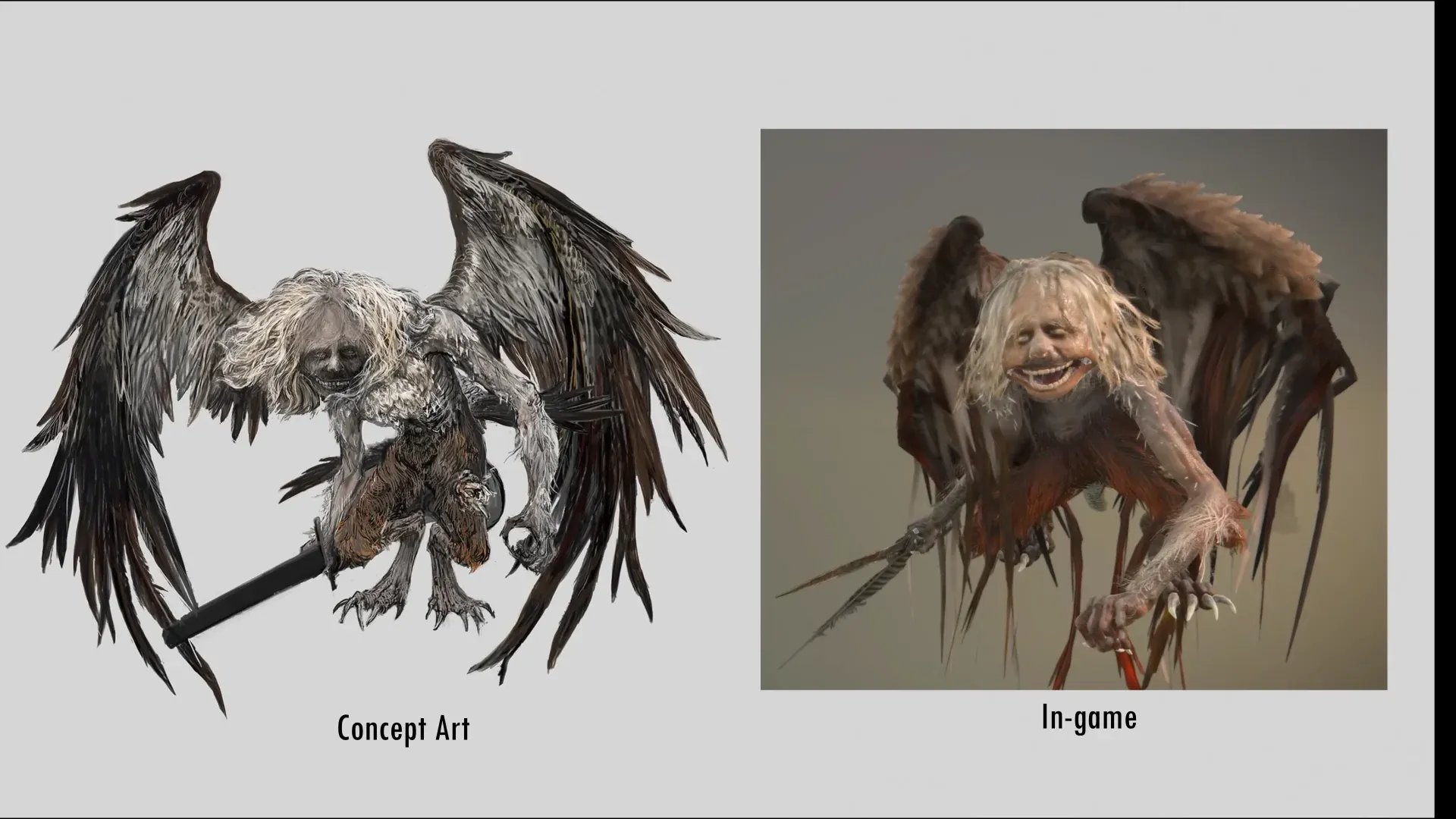
Marika’s rule significantly changed procreation from a natural act to a divine process, possibly leading to the creation of beings like the Misbegotten. Under her control, the crucible, an ancient source of life, became disrupted, potentially resulting in the Misbegotten’s flawed existence. These beings, described as “too close to the crucible,” may represent the remnants of traditional procreation, distorted by Marika’s ambition to purify the world from perceived impurities. This ambition is evident in the creation of Radagon, who, as an aspect of Marika, may have originated from her attempts to purge imperfections from herself, thus influencing the existence of the Misbegotten as byproducts of this divine manipulation.
Within the Golden Order’s hierarchy, the Misbegotten are relegated to roles as laborers and warriors, reflecting the consequences of Marika’s divine interventions. Their existence and status symbolize the broader implications of Marika’s influence—her desire to impose a singular divine order led to the marginalization of those born from the crucible’s natural processes. The Misbegotten embody the intersection of Marika’s divine aspirations and the inherent chaos of life she sought to control. Their presence in the world serves as a testament to the unintended consequences of her attempts to redefine creation, highlighting the tension between divine ambition and the natural world’s complexity.
The Role of Misbegotten in Castle Morne Uprising
The uprising at Castle Morne vividly depicts the Misbegotten’s struggle against oppression, highlighting broader themes of resistance within the game. Historically enslaved under several human regimes, the Misbegotten were driven by a deep desire for vengeance against their human overlords. This sentiment fueled their rebellion. Their insurrection was not just a chaotic revolt but a well-organized effort led by a lone hero. His story is enshrined in the mythos of Castle Morne. The sword monument and the Grafted Blade Greatsword, burdened with “oceans of anger and regret,” symbolize the hero’s determination to avenge a vanquished clan. This hero’s tale, marked by a fierce commitment to his fallen comrades, resonates with the Misbegotten’s broader fight for freedom and dignity, reflecting the cyclical nature of oppression and rebellion within the game’s lore.

The Misbegotten’s uprising at Castle Morne represents their enduring resistance against systemic subjugation, a motif that echoes throughout Elden Ring’s narrative. Their rebellion was not an isolated event but a continuation of their historical struggle for autonomy and recognition as sentient beings. The lone hero who led this charge is portrayed as a champion of vengeance, whose actions at Castle Morne were significant enough to necessitate intervention by Lord Godfrey himself. This suggests that the Misbegotten’s cause was perceived as a serious threat to the established order, highlighting the potency of their collective will. The uprising underscores the Misbegotten’s role not only as laborers and warriors but also as symbols of defiance against the oppressive structures perpetuated by figures like Marika and Godfrey, who sought to maintain their dominion through the subjugation of those deemed ‘impure.‘
Misbegotten as Protectors of Legendary Weapons
In the mysterious landscape of the game, the Misbegotten serve as guardians of legendary weapons like the Grafted Blade Greatsword and the Golden Order Greatsword. This role goes beyond coincidence, deeply connecting them to Radagon. They share his red hair, and his influence subtly echoes in their existence. The Golden Order Greatsword, forged by Radagon, symbolizes the tenets of the Golden Order. Its protection by the Misbegotten hints at an unspoken bond between these creatures and Radagon. Game files reinforce this connection, using terms like “Radagon Chimera” and “Radagon’s children” to describe them, suggesting a deeper lore tying the Misbegotten to Radagon’s legacy.
The Misbegotten’s role as protectors of these legendary armaments extends beyond simple guardianship. The Grafted Blade Greatsword, forged from the swords of an entire clan, represents a revenger’s anger and regret, mirroring the Misbegotten’s struggle for recognition and autonomy. Their guardianship of such powerful symbols of resistance reflects their narrative of rebellion and vengeance. Through their role, the Misbegotten carry the echoes of past conflicts and ensure these legendary weapons remain potent symbols of defiance against oppressive forces. This dual role of protector and symbol of resistance positions the Misbegotten as key figures in the game’s exploration of power, legacy, and the cyclical nature of history.

Misbegotten’s Rebellion Against Human Oppression
The Misbegotten’s rebellion against their human oppressors symbolizes resistance against the Golden Order’s dominance. It embodies an ongoing struggle for autonomy and recognition in a world that seeks to subjugate them. Their existence is a testament to the cyclical nature of history within the realm, where the oppressed rise against their oppressors in pursuit of freedom. This rebellion is not only a quest for liberation from servitude but also a profound statement against the rigid hierarchies imposed by the Golden Order. The Misbegotten, once laborers and slaves, rise to challenge the very forces that seek to define and confine their existence, illustrating the perpetual cycle of resistance against tyrannical power.
Their actions and the symbolic rebellion at Castle Morne highlight the broader themes of power and freedom within the game. The Misbegotten’s defiance echoes the broader narrative of individuals and groups struggling against overwhelming forces to assert their own identity and autonomy. This rebellion against human overlords, often under the oppressive rule of figures like Godrick, emphasizes the inherent conflict in the pursuit of power and dominance. Through their resistance, the Misbegotten reflect the themes of the game, which explore the manipulation and control exerted by those in power and the resulting struggle for freedom and self-determination. Ultimately, their rebellion underscores the enduring fight against oppression and the relentless quest for recognition in a world where history often repeats itself.
Conclusion
The Misbegotten’s journey from alchemic creations to symbols of resistance highlights the complex dynamics of power, identity, and rebellion in Elden Ring’s story. Their existence is a reminder of the unintended consequences of divine ambition and the relentless pursuit of perfection. As guardians of legendary weapons and key players in uprisings, the Misbegotten challenge the oppressive structures of the Golden Order and enrich the game’s exploration of history’s cyclical nature and the struggle for autonomy and recognition. Through their story, Elden Ring encourages players to reflect on the complexities of legacy and the power of defiance in shaping the world.
